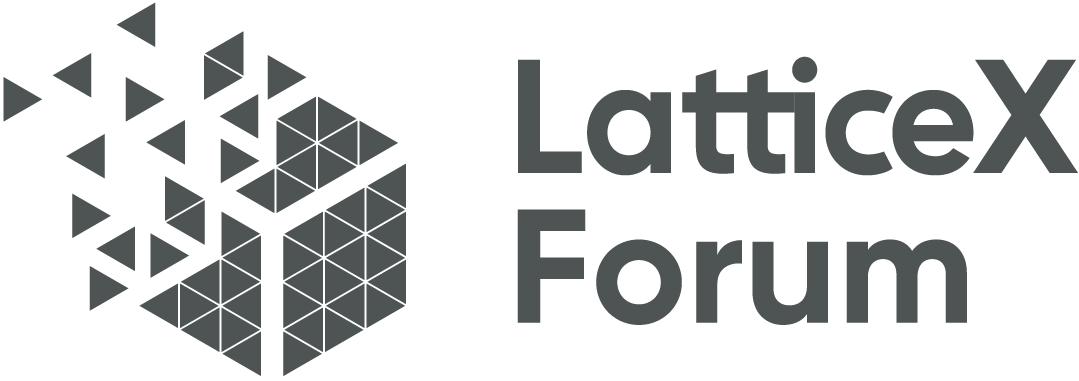PlatON's mission and goals
PlatON combines blockchain and privacy computing technologies to establish a decentralized collaborative privacy artificial intelligence network and global brain, in order to promote the democratization of artificial intelligence and establish a secure universal artificial intelligence.
Establish the infrastructure required for autonomous AI agents and their collaboration, promote the emergence and evolution of advanced artificial intelligence, and explore the path to universal artificial intelligence.
Through our decentralized network and open-source software tools, we enable anyone to gain the power of artificial intelligence and better serve the public with AI technology.
In order to achieve long-term goals, the overall goal is divided into three stages:
- A decentralized privacy computing network, establishing a decentralized data sharing and privacy computing infrastructure network that connects data owners, data users, algorithm developers, and computing power providers.
① The basic architecture of the network needs to be defined. This network should include data owners, data users, algorithm developers, and computing power providers. We also need an intermediary to manage and coordinate the participants in the network.
② Enable data owners to securely send data to the network, data users can securely obtain data from the network, algorithm developers can upload and distribute their algorithms, and computing power providers can provide their computing power.
③ Encourage data owners, data users, algorithm developers, computing power providers, and intermediaries to participate. The community can organize regular meetings to share best practices, solve problems encountered, and encourage innovation.
- A decentralized artificial intelligence market, realizing the co construction and sharing of AI assets, agile intelligent application development, and providing full process products and services from AI computing power, algorithms to AI capabilities and their production, deployment, and integration.
① Establish a decentralized AI infrastructure platform that provides the required AI computing power, algorithms, and the ability to produce, deploy, and integrate AI capabilities. Integrate various different technologies, such as blockchain, distributed storage, AI computing frameworks, security encryption, etc.
② The platform needs to support various types of AI assets, including but not limited to data, models, algorithms, knowledge, etc. Users can share their assets through the platform and also receive returns through the platform.
③ The platform needs to provide tools and frameworks to support agile intelligent application development. Developers can use these tools to quickly build, test, and deploy AI applications
- A decentralized AI collaboration network allows AI to collaborate on a large scale, gathering collective intelligence to execute complex AI services.
① Define the basic architecture and protocols of the network. This network should allow different AI entities to connect and collaborate, and ensure secure and efficient exchange of information and implementation of tasks. The agreement should include rules for data sharing, task allocation, and cooperation rewards.
② Ensure the security and privacy of data are protected. Using encryption technology, identity verification mechanisms, access control and other means to ensure that sensitive information is not leaked.
